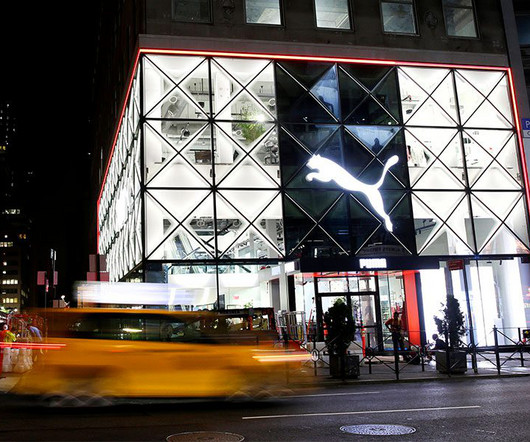The Impact of Retail Digital Transformation on Consumer Behaviour
Retail Focus
AUGUST 25, 2024
Sustainability is another critical focus area, with digital tools enabling better inventory management and waste reduction. Cost Reduction: Better inventory management and efficient operations lower overall costs. Enhanced Customer Experience: Chatbots enhance the shopping journey.












Let's personalize your content